Note: This entry is VERY LONG and packed with information. It will be updated from time to time based on our future experiences.
Note 2: The criteria only require a strong-willed self and partner, unanimously choosing and agreeing on this method as we did.
Note 3: The items listed are affordable, and suitable for starters in travel. You can use other brands if you have more of a budget.
Last Updated: August 3, 2024
Attention: If all goes well, insya Allah we will start our next journey soon. This time for more than 2 weeks. Maybe a month. We will update you in the latest entry about the gear we will bring, whether practical or not. However, the equipment in the list below is still useful as it has been used in previous travels.
*************
Please understand our principle as a couple who love adventure travel and don’t mind the less comfortable aspects. I do not expect the reading to end with questions like “Is it right to let your family struggle to travel?”. Only those with the spirit of backpacking will understand, and my partner and I have agreed on our love for adventure activities. Besides, we do not have profiles that need to be built like corporate people, insurance agents, financial analysts, etc., which need to be used as a portfolio or success track record for their clients. The reason is that I’m a millionaire, no longer working, and retired early to enjoy the world through adventurous travel… Okay, I’m kidding, just teasing.
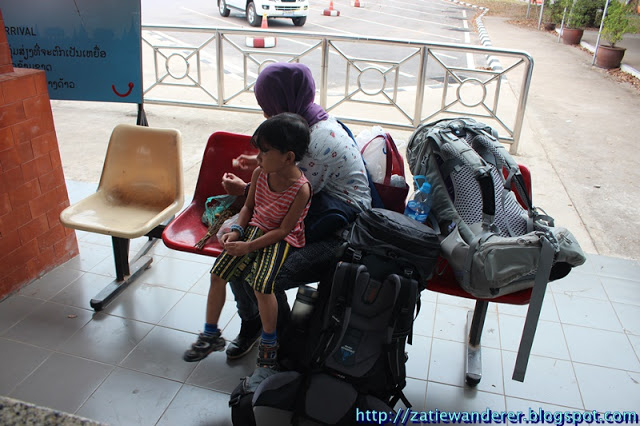
What is Family Backpackers?
In line with the theme of this blog, which is family travel through backpacking. Backpacking means different things to different people. For some, backpacking means:
- Budget travel – choosing the cheapest, most budget-friendly travel, even free. They are also called “cheapskates“, but they are smart as there is no need to spend big just to travel. We do not choose this “cheapskate” method unless necessary. Comfort for the family is still prioritized as long as it is affordable.
- Hiking or trekking – this is the actual meaning of ‘backpacking’ referring to the common term used in the West. For them, backpacking means climbing mountains or hiking with a backpack.
- Self-managed travel itinerary – same as traveling, but the itinerary is self-managed.
- Backpacks – interested in traveling or touring but carrying a backpack and not a trolley bag.
- True travelers (also known as hardcore backpackers) – consists of travelers who are the same as (1) to (4) but truly travel. This means sleeping in locals’ homes, attending locals’ events, working part-time abroad, hanging out with locals, and continuing for months.
For me (if truly and earnestly bringing the real meaning), backpackers are all of 1-5 above, but the condition is carrying a backpack (also known as haversack or rucksack) and not a trolley bag. The name itself is ‘backpackers’ (shoulder carrying bag).
The backpacker culture is similar to groups like hippies, punks, nomads, gypsies, Greenpeace, human rights activities, etc. They have their own niche or segregation to differentiate from other groups.
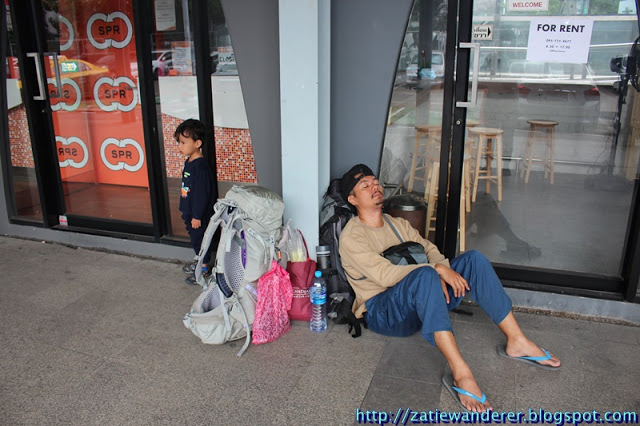
What I see in Malaysia is that the backpacker phenomenon is just a trend that people follow, to the point where the meaning of travel is casually changed to ‘backpacking’. As a result, many posers appear and disappear all the time. When they try to join a group backpacking trip, they realize they have to take overland transport for tens of hours and not less than 5 types of public transport. Sticky, wet, sweaty, hot, cumbersome, tedious, and annoying, these obstacles eventually become barriers for these fake backpackers until they retire on their own. For them, the understanding of backpacking is only number (3) above and ends with a trolley bag.
That’s if I’m being strict and formal, okay, let’s skip the formalities. So, I don’t care how you carry your bag, whether a backpack or a trolley, just taking a 2-day vacation or craving to stay in a 5-star hotel, the important thing is to enjoy and create your own itinerary. This often leads to arguments in BBM and MBC groups on Facebook until I feel fed up and waste time.
Backpack Selection
Before I start writing too long, here are the criteria for choosing a suitable backpack for family backpacking (for solo travelers, refer to below):
- Husband and wife each carry a backpack with a minimum capacity of 50L. If the capacity is less than that? We’ve tried (48L size), and there was no room left for additional items abroad.
- Maximum 65L is also ideal as long as the husband/wife is fit to carry (for young couples in their 20s or early 30s, no problem). This is better because sometimes a lot of necessities need to be carried.
- I use a 55L backpack while my wife uses 50L. Maybe this information can be your guide.
- Solo Travelers: For men, a maximum of 50L is sufficient, or 40L is excellent. For women, who typically carry more items, a maximum of 55L or according to the height of the bag and yourself.
- Practice the A/B concept… which is 80/20, 60/40, 50/50, 20/80, or 40/60. It means “A” is the original load brought from home, while “B” is the extra space provided for items bought abroad. Some people, as soon as they get a 50L backpack, they’ll fill it 100% without any empty space. Me? Choose 50/50 even with a 65L backpack (but in reality, based on past experience, it’s 80/20). The extra 20% or 50% can be filled with various things that suddenly appear during the journey.
- A large capacity backpack is okay even up to 80L, as long as the weight is not excessive (maximum 14kg for long-term travel or 9kg for short-term travel). If you are muscular, you can carry up to 20kg.
- Why choose a backpack over a trolley bag? Easy mobility; going upstairs, and downstairs, both hands-free to hold other things (items, children, etc.), and road surfaces not suitable for a trolley bag. A friend who often travels to Italy and Greece mentioned that their historical roads, thousands of years old, are not suitable for trolley bag wheels.
Our choice of original backpacks:
Men (all models with rain cover):
- Deuter Aircontact Core 50+10 Trekking Backpack with Rain Cover. Buy here.
- Deuter Aircontact Core 40+10 Trekking Backpack with Rain Cover. Buy here.
- Deuter Aircontact 55+10 Trekking Backpack with Rain Cover. Buy here.
- Deuter Futura Air Trek 50+10 Trekking Backpack. Buy here
- Deuter Futura Air Trek 60+10 Trekking Backpack. Buy here
Women (all models with rain cover):
- Deuter Aircontact Ultra 45+5 SL Trekking Backpack. Buy here
- Deuter Aircontact 50+10 SL Trekking Backpack. Buy here
- Deuter Aircontact 40+10 SL Trekking Backpack. Buy here
- Deuter Futura Air Trek 45+10 SL Trekking Backpack. Buy here
Under 18 years old:
- Age 9 to 14 years: Deuter Fox 40 (Y21) Backpack. Buy here
- Age 6 to 9 years: Deuter Junior 18L (Y21) Children Backpack. Buy here
Why Family Backpackers (FBP)?
Now, I want to introduce what Family Backpackers are… or simply FBP. If I say FB, it might be confused with Facebook.
FBP, of course, involves the entire family traveling. What are the benefits of FBP? Lots! Among them are:
- Training oneself (in this case, myself as a husband and father) to always prioritize family members.
- As a husband/father, it looks very selfish to travel alone and leaving family members at home. It’s very sad after returning from travel, showing pictures from abroad to the wife and kids while they just gape hearing the exciting stories. Except for work matters.
- Training children to be independent, street smart, and have high survival skills. Make urban backpacking combined with camping. You will need it when facing countries with low-level facilities or difficulty getting halal food.
- Training oneself and family members to go through high levels of patience, hardship, and not a vacation like a spoiled VIP’s child.
- Helping children grow up with street knowledge and explore every inch of the earth.
Note: Sooner or later, I will solo backpack if my wife is no longer interested in traveling, my children grow up and are busy with their own affairs, or my wife is pregnant (Trimesters 1 and 2 are okay, but trimester 3, it’s better for husbands to stay home and take care of pregnant wives).
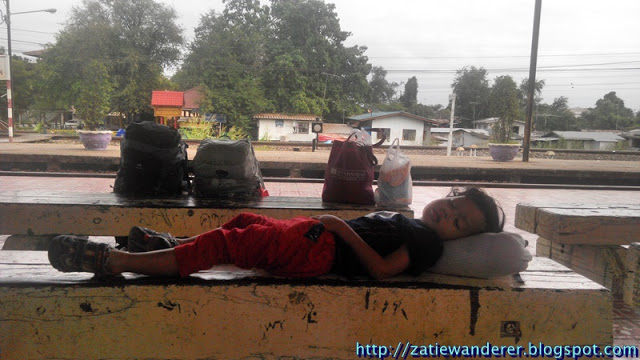
Our FBP Method
For now, I can review based on the number of family members and use the Thailand-Laos Travel trip as a guide. Here’s the scenario:
A. For Husband, Wife, and Child Aged Between 2 to 5 Years Old
We travel with backpacks and some plastic bags carrying snacks and such. Our stance is no trolley bags.
Our FBP (Family Backpackers) method:
- Budget and economical.
- More time spent overland rather than on flights.
- Minimum travel duration of 2 weeks. But if the budget doesn’t allow, a few days is fine, no problem.
- Less shopping.
- 50% of accommodations are walk-in. (But my advice is to use Agoda or Booking unless you want a challenge).
- 80% of transportation tickets are walk-in.
- More appreciation of the beauty of other places.
- Less visiting shopping malls, except local markets and night markets.
- Having an itinerary but sometimes just going with the flow.
- Washing clothes ourselves.
- Bring snacks only for the first two days.
- Openness to using various types of transportation.
- Openness to staying in less satisfactory places if necessary due to a low budget or if most hotels are fully booked. (For family backpackers, I think dorms/hostels are not necessary).
Family items we bring:
- Diapers: 30 pieces. Husband brings 20, wife brings 10. Our child uses two diapers a day. If they run out, just buy at local stores. Don’t bring it all at once; it will make the backpack heavy. Better to pack diapers in plastic to prevent odors or sometimes crawling insects.
- Small towel for the child, size 80x40cm, lightweight “quick-dry towel” (I prefer the brand Naturehike). For adults, size 80x128cm.
- Child’s clothes: 10 sets. Using two sets per day – one for daytime, one for sleeping at night. So, 10 sets can be used for 5 days. Every night, wash the child’s clothes worn during the day and hang them to dry. The dried clothes can be used on the 6th day. Note: You can bring 6 or 8 sets (last for 3 or 4 days), but make sure to wash clothes every night so they can be worn on the 4th or 5th day. The child’s clothes are divided equally between the parents.
- Children’s clothes and pants should ideally be long-sleeved and long pants, whether for daytime walks or nighttime sleep. Here’s our experience: While in Bangkok, my child fell on a tar road corridor, and his knee bled a bit because he was wearing knee-length shorts. At night, sometimes it’s cold, not suitable for shorts. In areas that require trekking or are secluded with many mosquitoes, long-sleeved clothes are very important and can act as temporary ‘sweaters.’
- For husband and wife’s clothes: In Thailand, I bought 3 casual shirts, 2 sleep shirts, 2 pairs of pants, and one piece of cloth (kain). My wife did the same. When we were there, we bought 2-3 extra shirts that could be used for future days. Don’t be shy to repeat clothes and show them on Instagram as long as they are washed every day.
- Children’s shoes should preferably be fully covered or sandals that cover the toes completely, not open-toe like regular sandals. Boots are even better. Injuries usually happen at the toe ends.
- Buy the smallest bottle of baby powder. If it runs out, just buy it at a store abroad as prices are pretty much the same everywhere. Don’t transfer the milk powder into a plastic bag and throw away the bottle (to reduce size), as it could be mistaken for drugs.
- Toiletries:
- Buy a special foldable and rollable toiletries bag.
- Bar soap: Liquid soap can also be used but in the smallest bottle. Even if hotels provide it, bring some for bathing the child on trains, at airports, or anywhere (parents can use it too). We put the soap in plastic wraps used for drinking water and tie it with a rubber band to prevent soap water from dripping after use. If all the soap runs out, buy it at stores there. Frequent bathing is very important to cleanse the body and prevent serious skin problems.
- Washing soap: Use either Fab bar soap or a small packet of powder. Don’t forget to bring a small plastic washing brush. (We used to bring Fab bar soap, but I cut it in half to further reduce the backpack weight).
- Smallest bottle of shampoo: Our child’s age is suitable for using adult shampoo, so there’s no need for special child shampoo.
- 250ml thermos to hold hot water for making the child’s milk. Hotels usually provide it. Before leaving, we pack hot water. It’s best to buy a thermos that can retain heat for 5-6 hours. If the thermos water cools during the journey, refill at drink shops and pay a bit, just a few cents. Taking care of the child’s milk needs is very important. Don’t focus only on parents’ needs. (UPDATE: We use a lighter Thermos brand. 0.5L capacity is more than enough. Buy here, here, or here).
- Empty plastic bags for storing wet clothes. Sometimes trains leave early before dawn. So after checking out from the hotel, clothes hung out to dry might still be damp and can be stored in empty plastic bags. They can also be used when swimming at the beach and waterfalls or to separate worn, smelly clothes from clean ones.
- Small milk bottles about a palm’s length. Preferably plastic, not glass, to reduce backpack weight. If the child finishes it, make another one. Small bottles save backpack space.
- Powdered milk (for children aged 3 years, not formula milk), we buy in small packets sized 15x10cm. For babies, refer to the section below.
- Foldable spoons are commonly used during camping. This spoon can be used to make milk for children and for adults to eat. No need to bring separate spoons. Get travel spoons made of plastic or metal.
- First Aid Kit. Costs between MYR10-20 and contains all basic medical tools. Be careful if you buy just the First Aid bag without tools inside. Initially, I used a First Aid Kit bag with tools. Eventually, I removed all the important tools and put them in a regular plastic bag used for drink packaging and tied it with a rubber band. This is because I found the First Aid bag alone weighed over 100 grams. Weight is crucial because if everything adds up, it will weigh several kilograms. Can you handle an extra 1-2 kg? Among all basic medical tools, only plasters (small, medium, and large) are used. Other items like small scissors are unnecessary. So, choose wisely. I didn’t bring small scissors because I already brought a multitool knife (Victorinox) that includes scissors.
- Umbrella with a retractable shaft like a TV antenna and a foldable cloth. One is enough for the wife and child to use during rain or hot sun. The husband doesn’t need one; buy a rain jacket or wear a cap. I bought the umbrella at Mr. DIY (a popular Malaysian hardware store). It’s very light and costs MYR6.00.
- Neck Pillow. I prefer the Muji brand (or Muji-inspired) with clips at the ends and extendable. The neck pillow is not only for adults but also for children while using public transportation.
- Tupperware sized (approximately) 16x12x5cm. Used to store food for children or adults. One is enough to reduce weight. You can share it, first for the child and wife, then the husband. Eating doesn’t take long, at most 20 minutes per person. We bought the Tupperware here.
- Sweater for the child and an additional windbreaker/waterproof jacket. Sweaters are important because air conditioning in public transport is mostly very cold.
- Sleeping Bag. I prefer the Naturehike LW-180 model because it’s very light. What’s the use of a sleeping bag? For example, when we took the sleeper train in Thailand, the beds are often shared by many people. Some families emphasize hygiene, especially if the child wants to lie down and sleep. So, the sleeping bag acts as a liner. Besides, it can be used as a blanket if it’s too cold. Some even use it as a mat on long airport chairs for children to sleep on during long transits.
- Vitamins. Two weeks before departure, buy Vitamin C for children and adults and Multivitamins for children and adults to be taken daily. Ensure it’s specifically for children. This is to prepare the child’s resistance and antibodies during travel. (During travel, there’s no need to give more and no need to bring them). Adults can also practice this.
- For fever.
Buy fever stickers to be applied on the forehead. Buy for both adults and children. If traveling for less than a month, one is enough for each person (yourself, partner, and children). The potential for fever is usually once a month. If traveling for more than a month, buy two pieces for each person.UPDATE: Just use a wet towel because I read that using fever stickers can cause an ‘instant’ cold and this can shock the child’s body, which is not good for long-term health. - Cap. Suitable for children who can wear a cap. Protects from the scorching sun and rain.
- Daypack size less than 20L. I use the Quechua 20L brand (20L, not the famous 10L one because that’s too small). Cheap, MYR49, and weighs under 500 grams. (See the latest model, which is cheaper at RM39). Its use is for walking around the city and stored with drinking water, a few diapers, a spare clean outfit for the child in case of dirt, snacks, milk, a thermos, and a milk bottle. A daypack for walking around the city abroad should be sized between 15L and 20L.
- Drinking water bottle. Please refer to “About water bottles” below.
- Other additions can be considered based on individual needs, such as a laptop, camera, and phone accessories, camping-style cooking items like a travel butane stove, and mess tin.

Additional items:
- If you can’t handle the increasing weight of your backpack or it becomes full, buy a 45L foldable luggage. It can be folded when not in use. Use it when you do a lot of shopping or have excess load. This reduces the burden on your backpack.
- Or… just buy travel luggage (commonly known as a trolley bag hahaha) as an addition to the backpack. Don’t force yourself; just bring it for your journey. Buy one 20″ size. I prefer the Urbanite brand, 20″ size, priced at MYR119 only. No need for expensive brands as most trolley bags get tossed around when checked in on flights. So, you’ll have three bags, two backpacks (husband and wife), and one trolley bag.
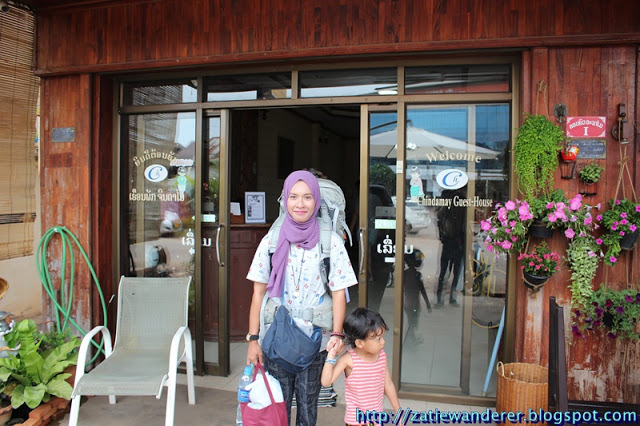
B. For Husband, Wife, and Child Under 2 Years Old
Traveling on a budget, adventurous and backpacking is still possible with a child under 2 years old. It’s still the same as (A) above but with some differences and additions:
- Additional powdered milk for the baby. Buy small packs and be prepared to give the baby another brand abroad if it runs out. In my opinion, try 2-3 brands in your home country and see the baby’s compatibility. The likelihood of finding 1 of those 3 brands out there is very high.
- A baby stroller that can recline and lie flat. Make sure it can be folded, can fit in cabin flights, and weighs under 6.5kg. I saw one at Aeon priced at MYR399. For reclining, I prefer a type with a reclining angle that is not flat 180 degrees but tilts slightly at 5 to 10 degrees. This is important to prevent the baby from choking on milk or having gas and acid reflux issues. No need to show off with brands like Quinny, which look grand but are heavy and cumbersome.
- Sweater for the baby. Also, buy an extra blanket to wrap the baby while in the stroller.
- Fever care is the same as (A) above. But for babies, I haven’t fully researched. Please consult with a pediatrician.
So, the bags carried for (B) are:
- Backpack for each partner.
- Foldable luggage same as (A) above.
- This time, a trolley bag is considered mandatory. A 20″ size is enough, just like (A) above. Its use is to store baby items.
- Note: Since you’re bringing a lot of bags and there’s a lot of space, don’t stuff more items into each bag. Every time, the person that need to carry, handle, and bear them is you, remember that? Hehehehehe. Many bags are just to reduce the burden, not to add new weight.
How to distribute items into each bag:
- Daypack: Same as I explained in (A) above. The only difference is when taking a flight. Be prepared in case the main bags are lost. So, pack a set of clothes for each child, one child’s towel, milk, milk bottles, sweater, and other baby accessories like gloves and socks. All of this goes into the wife’s daypack. For the husband’s daypack, pack one set of clothes for the husband and wife, a towel, and other valuable items like a power bank, charger, and laptop. This is important if the luggage is lost. So, upon reaching the destination, new bags can be purchased. Claiming insurance is usually slow, especially for long travels. Both daypacks are hand-carried and don’t need to be checked in.
- Backpack: Since each backpack is 50-65L, it’s better to check them in. Their contents should only be clothes, toiletries, and other less valuable items.
- Trolley bag: All the children’s clothes are packed in this. Also, no valuable items inside. Sometimes flights allow two bags (a daypack and a 20″ trolley bag) in the cabin. If so, pack half of the husband’s and wife’s clothes and toiletries in the trolley bag.
- Foldable luggage: Only when needed.
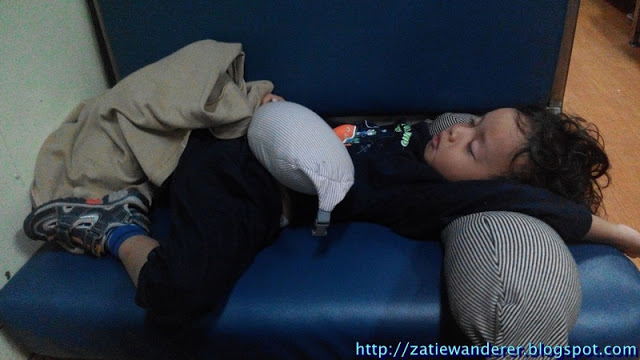
About water bottles:
I consider water a basic essential in every travel, but it’s important to prioritize the weight of the water carried. So, I’m dedicating a section to this. Backpackers usually tuck water bottles in the left or right side pockets of their backpacks. Previously, we carried 1-liter plastic water bottles.
In the future, we might carry a maximum size of 750ml and use aluminum bottles. UPDATE: We will use plastic bottles because they’re lighter, like the Tupperware Eco Bottle model (a screw cap is safer than a flip-up to prevent spills). Avoid stainless steel types as they are heavier, even though better than plastic and aluminum. Any brand is fine, just don’t buy cheap ones (under MYR15).
Why reduce from 1 liter to 750ml? From our past experiences, the water we brought was rarely drunk. We often drank mineral water bought from convenience stores. Every time we start a journey across states or districts, I would buy 3 bottles of 1.5-liter mineral water. (some for filling the water bottles and some for drinking then). As a result, after refilling into the water bottles, there was a lot of leftover mineral water. This means we carried mineral bottles in hand along with other items in plastic bags.
This differs when carrying water bottles in daypacks while walking around the city all day. The carried water bottles would be drinking till empty and rarely bought mineral water on the way. So, what’s our style after this? A 750ml plastic water bottle filled with water and every inter-district/state travel (with backpacks) will only buy two mineral water bottles.
Being a solo traveler is not a problem, and this water issue is just an isolated case. Different for family travelers who need water for making the child’s milk and as drinking water for the whole family.
Here’s about the Do’s and Don’ts of being a parent abroad:
- Avoid looking too busy managing the kids. Scammers might be watching. They know you’re juggling heavy bags, a stroller, and kids… don’t end up like what happened to us in Laos. We had just arrived and got off the public bus at the last city bus stop (Thailand to Vientiane border). From there, we needed a taxi or tuk-tuk to the hotel. But from afar, a tuk-tuk scammer was watching. He offered “fifteen thousand KIP.” When we arrived at our destination, only 4km away, it became “fifty thousand KIP.” Do you know the difference between 15 kips and 50 kips? MYR7 and MYR24. A difference of MYR17. He took advantage of our exhaustion.
- Don’t be careless and too focused on watching the kids, forgetting the items brought. Thieves take advantage of our busy eyes on the kids. This is the advantage of backpacks where the straps can be rolled around your calves. Two of my friends lost their bags and passports while in Amsterdam.
- How about in the sleeper berth train? If sharing a bed with a child, place the backpack and luggage by the window side or at the end of your feet, not by the middle aisle where the luggage storage is. Also, don’t sleep soundly but be aware and keep an eye on the child. Better to be sleepy and tired during the day than have something happen to the child. Hopefully, this reason doesn’t scare you because risks are everywhere. Even at home, it’s not always safe, right?
- When on public transport, the child will start making new friends. Ensure they play without disturbing other passengers.
- On flights, I think everyone knows. Most importantly, don’t let the child push the seat in front. Many cases of parents arguing with the passengers in front. As a result, the vacation becomes dull.
- Don’t let the child wander more than 5 meters away, even if they are older than 10 years old. Except on a flight.
- Bringing instant noodles? Don’t overfeed the child with instant noodles. Their stomachs are still sensitive and not good for their health.
- It’s very good to equip the child with a smartwatch with GPS functionality. Usually suitable for those aged 7 and above as the watch is quite large.
- Although this part (B) talks about the needs of children under 2 years old, I haven’t had this experience yet. We have only had ‘carpacking’ experiences throughout Peninsular Malaysia when our child was still a baby. And began traveling abroad when the child was 3 years and 10 months old.
- It’s exhausting carrying a child all the time. We faced the problem of carrying heavy backpacks and also had to carry a 3-year-old child. Don’t force yourself to be a hardcore backpacker. Just bring a lightweight stroller that can be folded and fit into cabin flights. That’s what we will do for future travels.
- Besides the stroller, you can also use an Ergobaby baby carrier, especially for babies under 15 months old (a bit pricey but good for the child’s soft spine). But its usage is limited to walking in the city while the heavy backpack is left at the hotel. Not suitable to be combined with a backpack, except a daypack. The baby carrier is very useful for travels involving trekking, a little hiking for small hills, crowded night markets, or historical places like Angkor Wat in Cambodia. Some even use it when renting bicycles or motorcycles.
- Bring toys, but not too many. For example, our child likes to play with Hot Wheels toy cars. So, we only bring 2-3 of his favorite cars. If you have a bigger budget and extra space in the backpack, you can buy new toys abroad to keep them from getting bored. Better than giving a phone to play games.
- Always interact and chat with the child. Don’t forget that the mission of family backpacking is to bond with family members and educate the whole family about what you encounter throughout the journey.
- Don’t let children spend too much time on iPads, tablets, or phones. When walking outdoors, children will naturally shift their attention to what’s happening around them, which automatically reduces dependence on those three devices. Except if in public transportation (including its stations) that takes hours or while in the hotel room at night.
- (This is a suggestion and has not yet been tried by us) Bring card games like UNO to play together. Example of waterproof UNO cards here. Don’t buy playing cards or tarot cards, hehe. There are also other cards like these (depending on the child’s age).


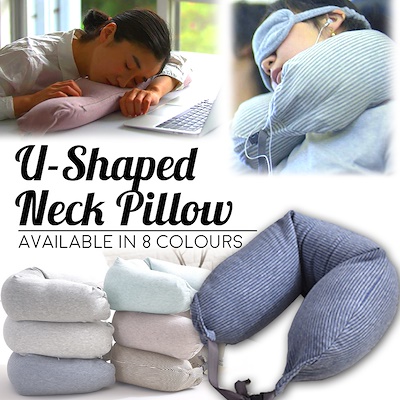
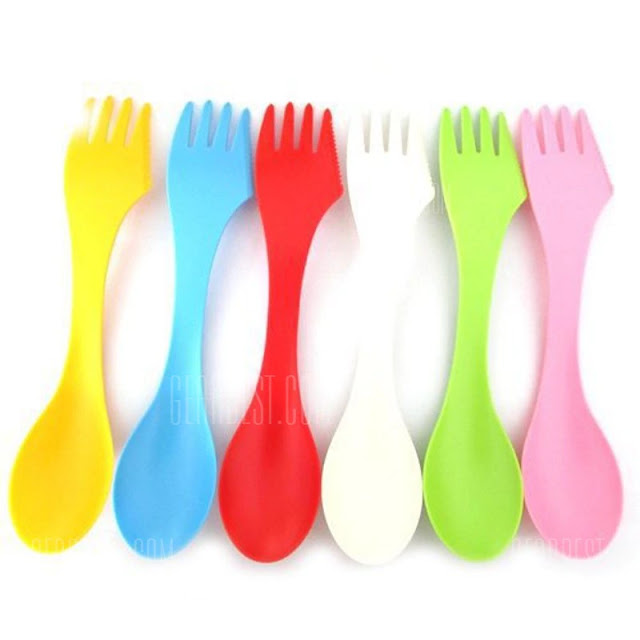
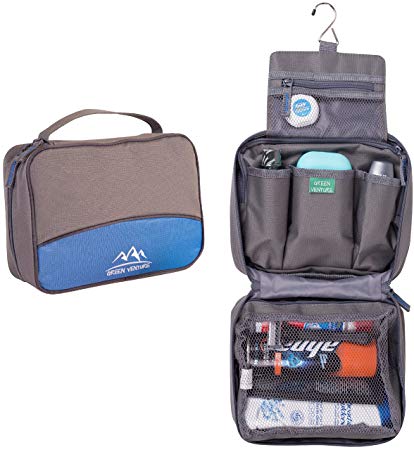
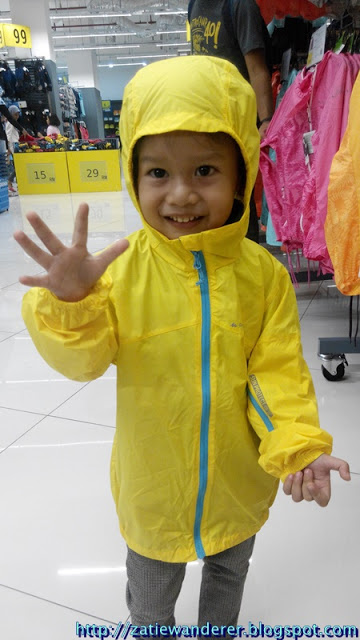
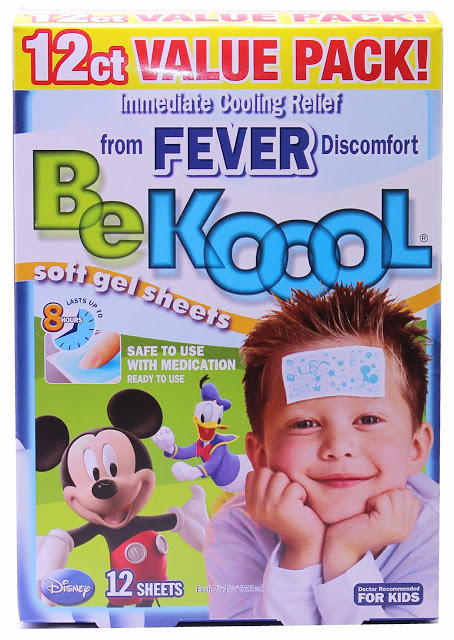
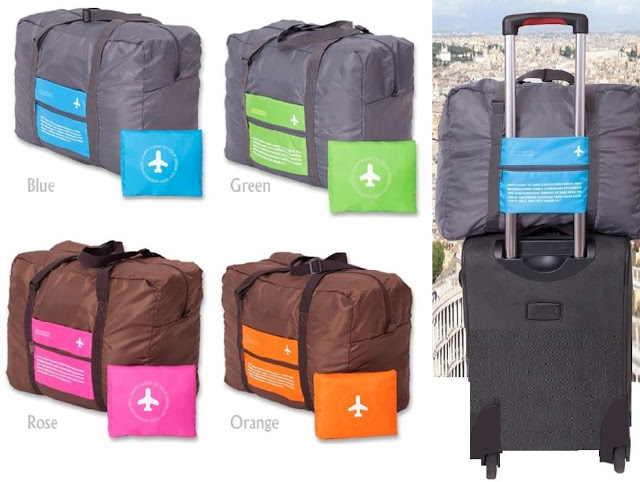


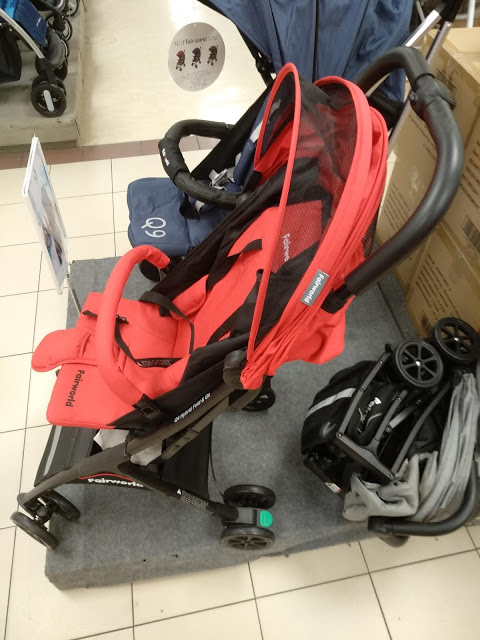
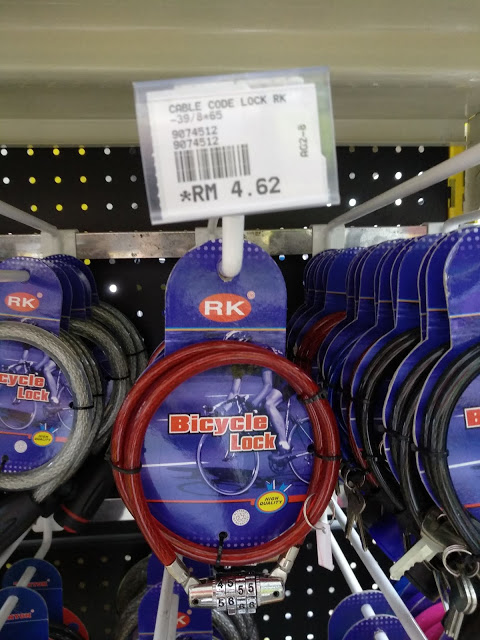

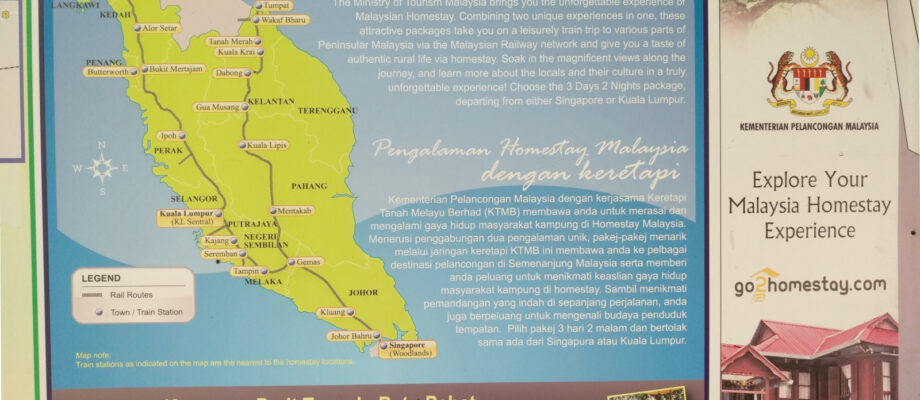
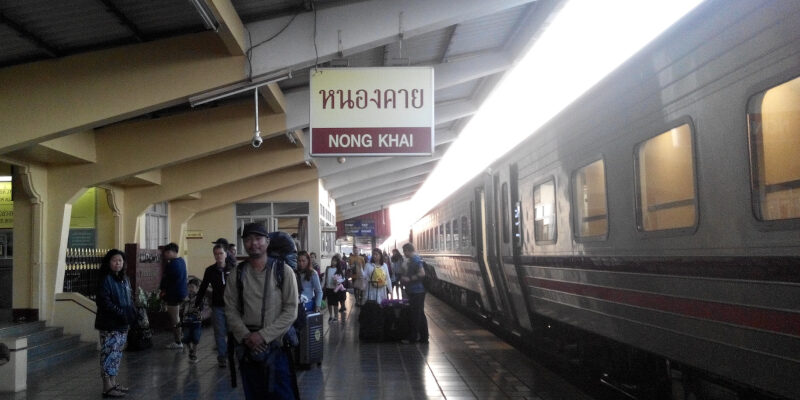
Leave a Reply